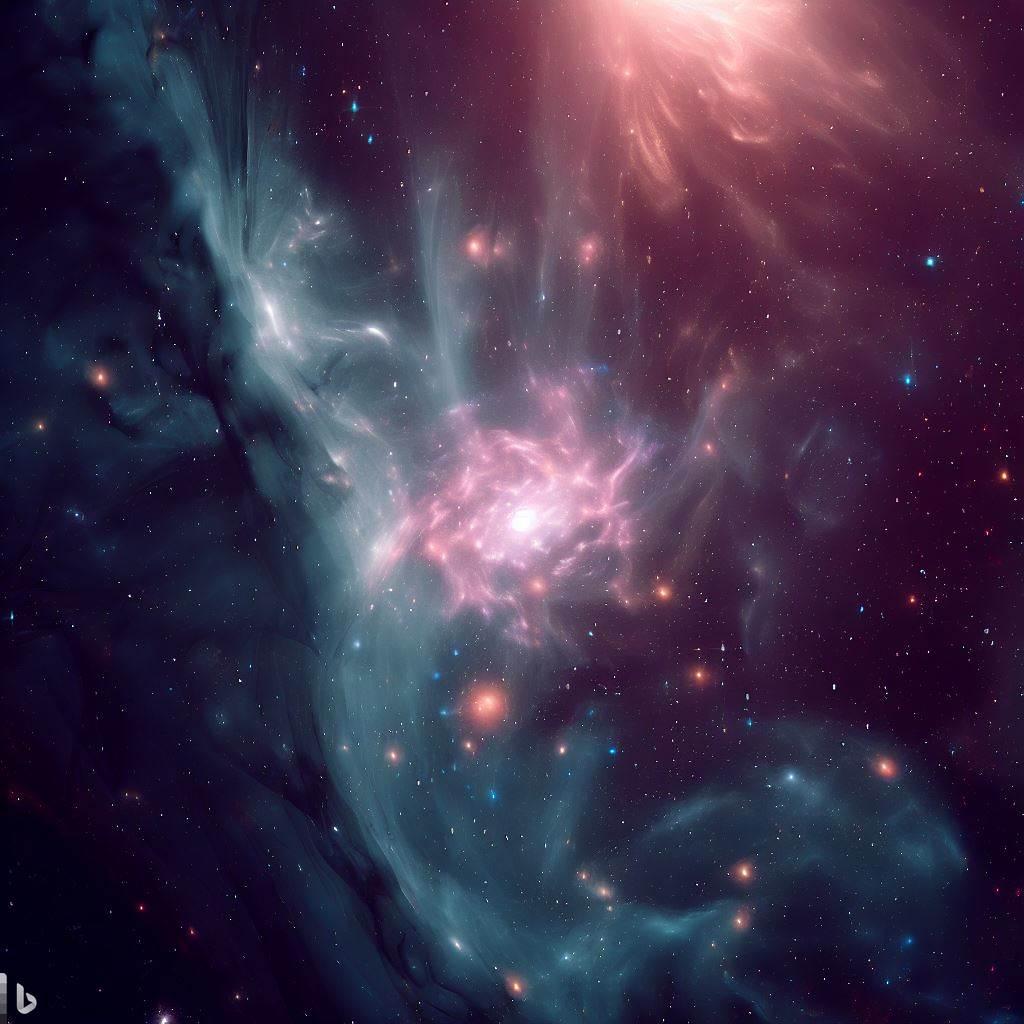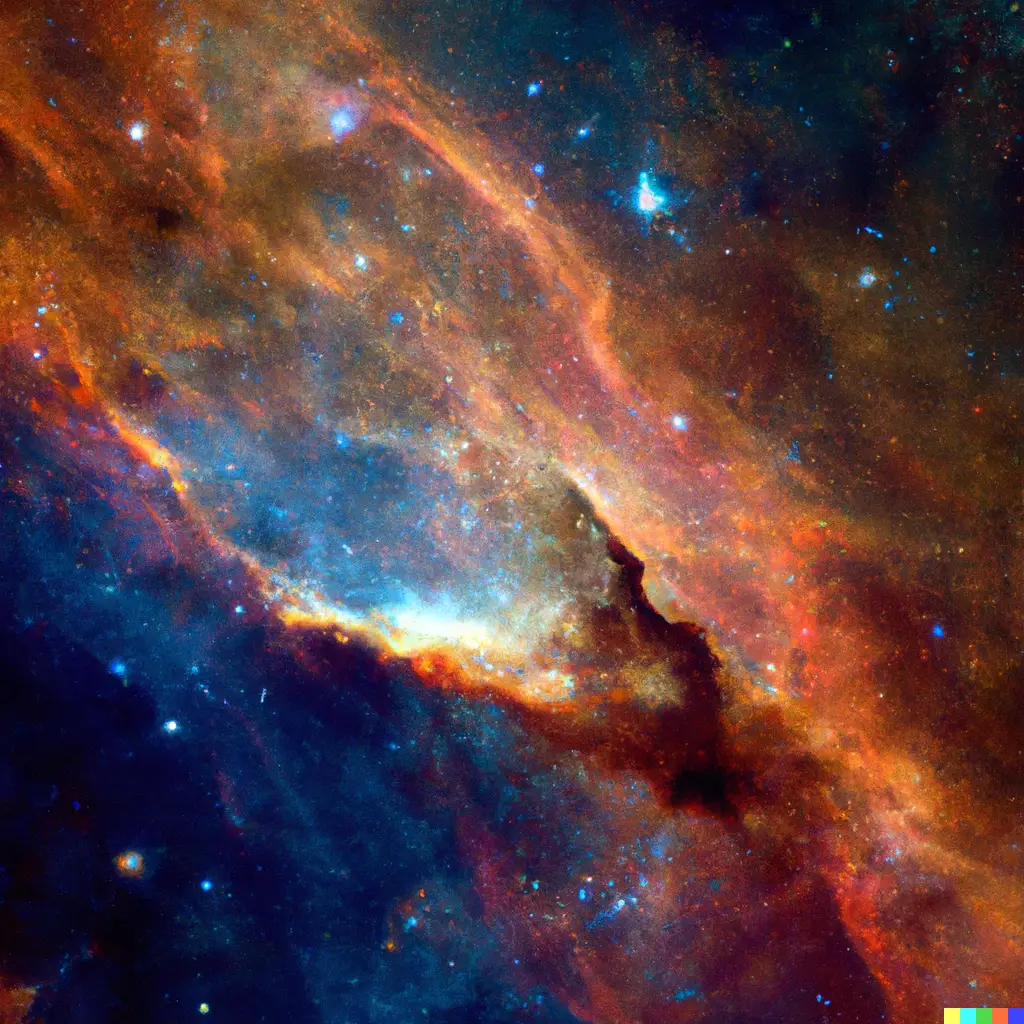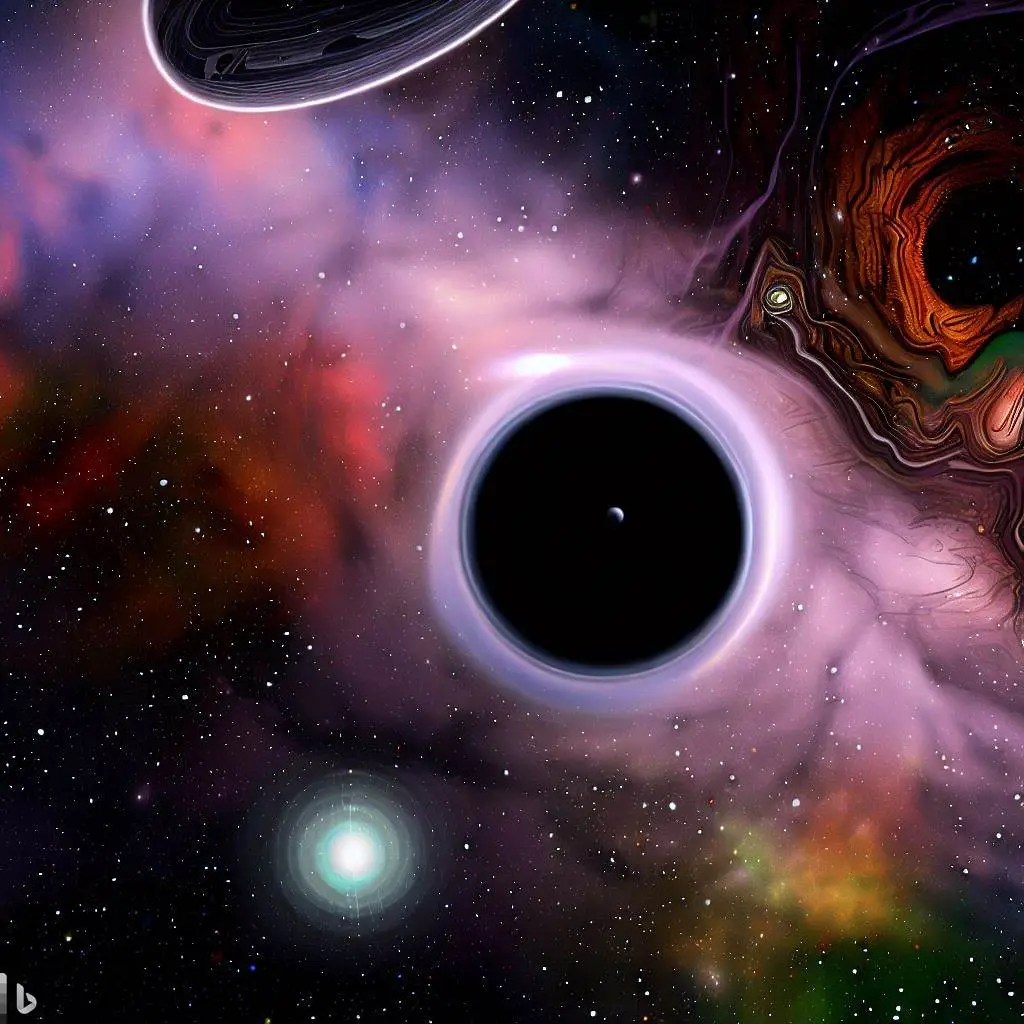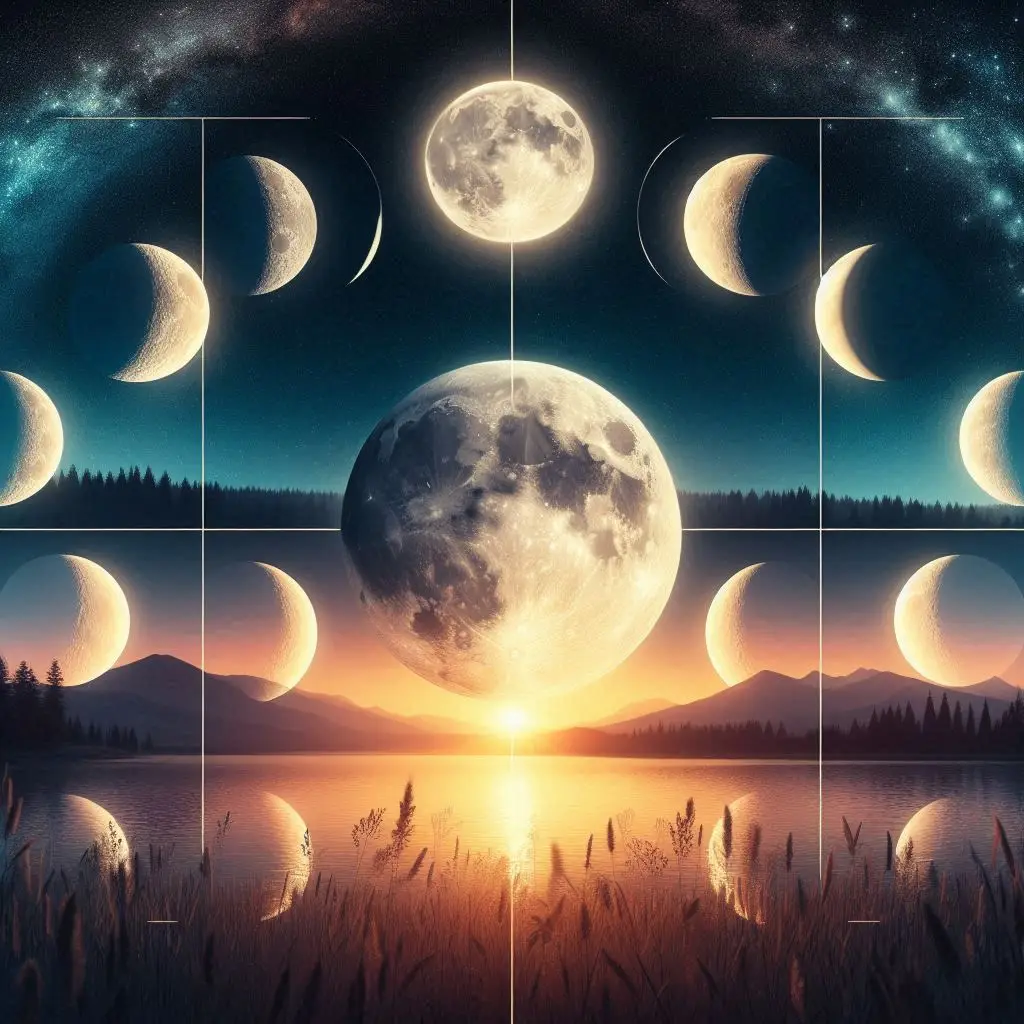Every year in August, stargazers and astronomy enthusiasts eagerly anticipate one of the most prolific meteor showers in the night sky the Perseids. Known for their dazzling display of shooting stars, the Perseids delight onlookers as they rain down meteors at a rate of dozens per hour. This year's peak did not disappoint, offering a celestial spectacle that was visible to viewers across the globe. For some, the meteor shower was even more magical, accompanied by brilliant auroras triggered by solar storms earlier in the week.
Among those who witnessed this breathtaking event was U.K.-based astrophotographer Josh Dury, who chose to capture the meteor shower at one of the most iconic and ancient astronomical monuments in the world Stonehenge. Located in Wiltshire, England, Stonehenge is a prehistoric structure that has fascinated people for millennia, with its stones perfectly aligned to the sun's position on the summer solstice. This alignment has led many to believe that the monument was built, at least in part, as an ancient observatory.
Dury's choice of location was no accident. With its rich astronomical history, Stonehenge provided a fitting backdrop for the Perseid meteor shower. For three and a half hours, Dury meticulously photographed the night sky from the monument grounds, capturing the meteors as they streaked across the heavens. The result was a stunning composite image, created by combining 43 individual exposures of meteors with a deep image of the background sky. In the final image, the central band of the Milky Way can be seen slashing toward the horizon, adding an extra layer of cosmic beauty to the scene.
Meteor showers like the Perseids are named after the constellation from which they appear to originate, known as the radiant. In the case of the Perseids, the radiant is the constellation Perseus, which was just out of frame at the top of Dury's image. Although the meteors in the photograph seem to curve as they fall, this effect is a result of the wide-angle lens Dury used. In reality, each meteor streaks away from Perseus in a straight line.
The Perseid meteor shower is an annual reminder of the wonders of the universe and the long-standing human fascination with the stars. For Dury, and for many others who witnessed the event, this year's meteor shower was a powerful connection between the ancient and the modern between the astronomical knowledge of our ancestors and our continued exploration of the cosmos today.
As the Perseids continue to grace our skies each year, they offer a moment of reflection on the beauty and mystery of the universe, and a chance to look up in awe, just as people have done for thousands of years. With images like Dury's, we are reminded of the incredible sights that await those who take the time to observe the night sky, and the deep connection we share with the cosmos.









Add a Comment: